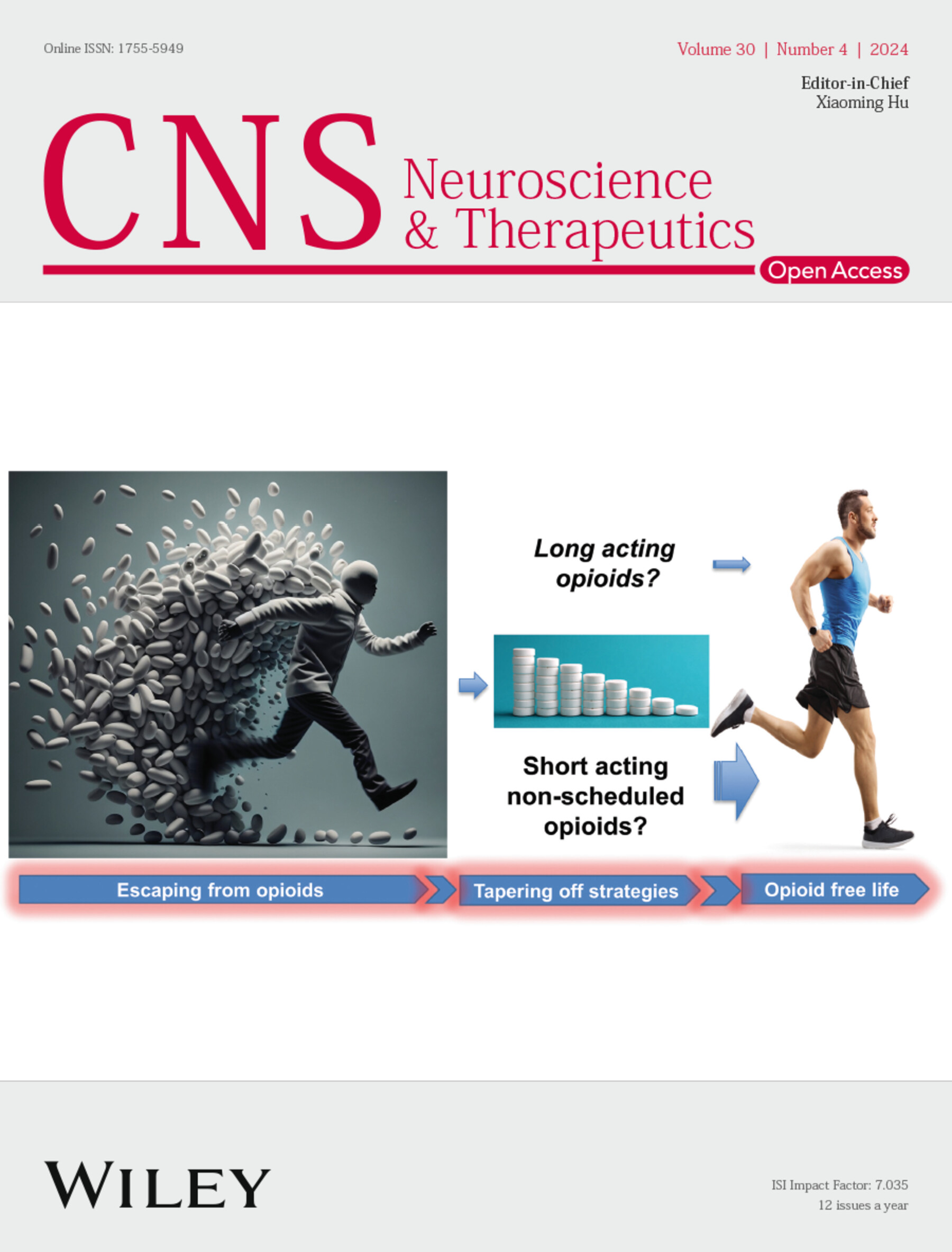A Transformer-Based Framework With Data Augmentation for Robust Seizure Detection Across Invasive and Noninvasive Neural Recordings
Abstract
Aims
Epilepsy affects more than 50 million peolple worldwide and requires reliable seizure detection systems to mitigate risks associated with unpredictable seizures. Existing machine learning frameworks are limited in generalizability, signal fidelity, and clinical translation, particularly when bridging invasive and non-invasive modalities. This study aims to develop a robust and generalizable seizure detection model capable of supporting cross-modal applicability.
Methods
We proposed a Transformer-based seizure detection framework designed for end-to-end analysis of raw neurophysiological signals. To address class imbalance and temporal variability, three data augmentation strategies: sequential sampling, random contiguous sampling, and random non-contiguous sampling, were implemented. A channel-agnostic attention mechanism was incorporated to ensure robustness across heterogeneous electrode configurations.
Results
The framework achieved > 99% accuracy in detecting diverse seizure patterns from rat hippocampal recordings (CA1/CA3) and maintained strong performance across different epilepsy models (PTX- and 4-AP-induced seizures). It also demonstrated resilience under reduced-channel configurations (F1-score: 98.7% with 2 channels). In human electroencephalography (EEG) validation, the model achieved a recall of 99.1% and an overall accuracy of 90.4%, despite the inherent limitations of EEG in resolving high-frequency oscillations and its susceptibility to artifacts.
Conclusion
By eliminating manual feature engineering and enabling robust cross-modal adaptation, this framework bridges invasive experimental research and non-invasive clinical practice. Its efficiency and scalability support potential applications in real-time seizure monitoring and closed-loop neuromodulation systems. Future work will focus on integration with hemodynamic biomarkers, validation in chronic epilepsy models, and optimization for wearable and real-time deployment.


 求助内容:
求助内容: 应助结果提醒方式:
应助结果提醒方式:


